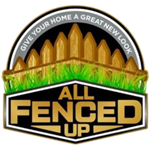Livestock Fence Cost
Explore the financial aspects of securing your livestock with ‘All Fenced Up’. Our detailed guide will shed light on the various factors that influence livestock fence cost. From material selection to labor charges, we break down every element that contributes to the overall expense. This valuable information will empower you to make informed decisions, ensuring your livestock’s safety without straining your budget. Let’s delve into the intricacies of fence installation cost and discover how you can get the best value for your investment.
Get Your Free Quote Today
Livestock Fence Cost: A Comprehensive Overview
Understanding the ‘Livestock Fence Cost‘ is crucial for farmers and ranchers who aim to secure their animals without overspending. This cost-related topic encompasses various factors, including the type of fencing material, labor charges, and the size of the area to be enclosed. Whether you’re considering a barbed wire fence installation or exploring other farm fence options, it’s essential to have a clear picture of the potential expenses. By doing so, you can ensure your livestock’s safety while maintaining control over your budget.


Challenges in Estimating Livestock Fence Cost
When it comes to securing your livestock, determining the cost of fencing can be a complex task. It’s not just about the initial investment but also the long-term maintenance and potential replacement costs.
- Uncertainty about the type of fence: With various options like barbed wire, electric, or wooden fences, it can be challenging to decide which one offers the best balance between cost and effectiveness.
- Labor costs: The price of professional installation can vary widely depending on your location and the complexity of the project. This unpredictability often complicates budget planning.
- Maintenance expenses: Some fences may have lower upfront costs but require regular maintenance, adding to their overall expense in the long run.
- Size of the area: Larger areas will naturally require more materials and labor, increasing the total cost. However, estimating this cost accurately can be difficult without professional assistance.
- Local regulations: Some areas have specific rules regarding fence construction that might influence your choice of materials and design, potentially affecting the overall cost.
Optimizing Your Livestock Fence Cost: Practical Solutions
Effectively managing your livestock fence cost involves a strategic approach that balances quality, durability, and affordability. By considering the following solutions, you can ensure a secure environment for your livestock without breaking the bank.
- Choose the right material: Consider the pros and cons of different fencing materials. While barbed wire might be cost-effective initially, it may require more maintenance than other options like electric or wooden fences. Consider factors like durability, maintenance requirements, and livestock safety when choosing your fence material.
- Professional consultation: Engage a professional to help estimate the cost of fencing accurately. They can provide insights into labor costs, material requirements based on the size of your area, and suggest designs that comply with local regulations.
- Maintenance plan: Invest in a maintenance plan to manage long-term costs effectively. Regular check-ups can prevent major repairs or replacements in the future.
- Bulk purchasing: If you have a large area to fence, consider buying materials in bulk to save on per-unit costs.
- Inquire about packages: Some companies offer comprehensive packages that include installation and maintenance services at a discounted price. This could significantly reduce your overall livestock fence cost.
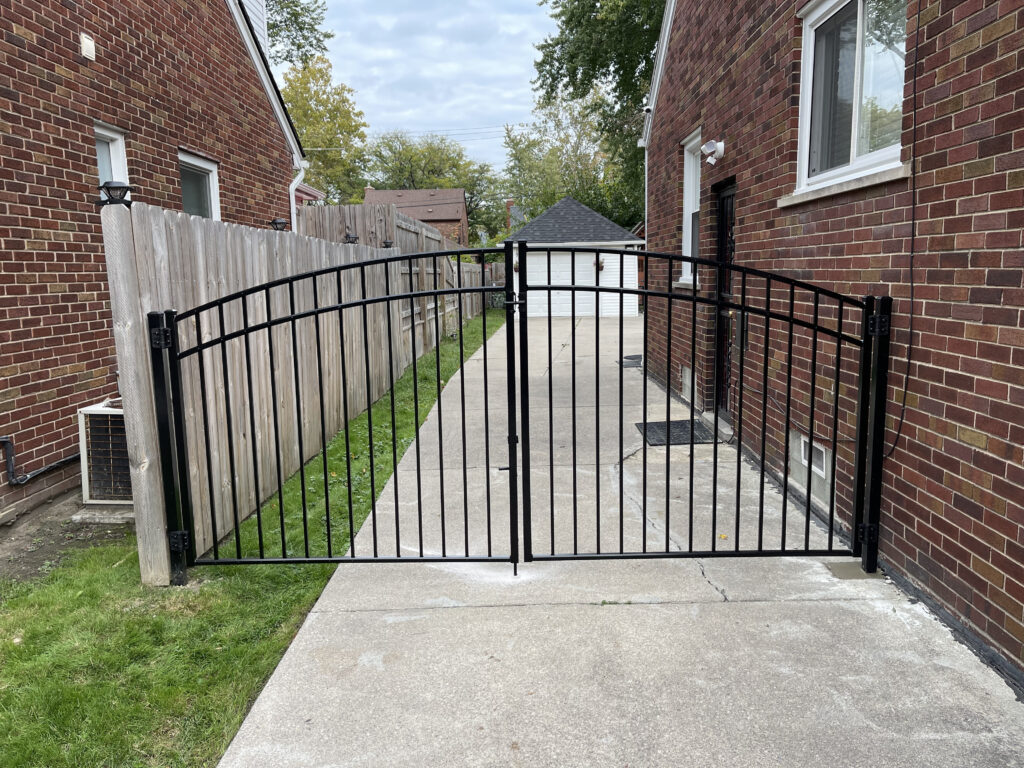

Digging Deeper: Factors Affecting Livestock Fence Cost
When planning for a livestock fence, it’s important to understand the various factors that can influence the overall cost. From the type of material and labor charges to the size of your property and local regulations, each aspect plays a crucial role in determining your final expenditure.
- Type of Material: The choice between barbed wire, electric, or wooden fences can significantly impact your livestock fence cost. For instance, while barbed wire might be cheaper initially, electric fences could offer better long-term value due to lower maintenance needs.
- Labor Charges: Installation costs can vary based on your location and the complexity of the project. Professional consultation can help you get a more accurate estimate.
- Property Size: The larger your property, the more materials and labor will be required, thus increasing the total cost. However, bulk purchasing could offer some savings here.
- Maintenance Needs: Some fences may require regular upkeep which can add to their overall cost in the long run. Investing in a maintenance plan could help manage these expenses effectively.
- Local Regulations: Certain areas may have specific rules regarding fence construction that could affect your choice of materials and design. It’s important to factor these into your budget planning.
Take the Next Step Towards Securing Your Livestock
Now that you’re equipped with a comprehensive understanding of livestock fence cost, it’s time to take action. Whether you’re considering a barbed wire fence or exploring other farm fence options, ‘All Fenced Up’ is here to help. Reach out to us today for professional consultation and tailored solutions that ensure your livestock’s safety while respecting your budget. Let’s work together to create a secure environment for your animals.
Our dedicated team at All Fenced Up is at-the-ready to provide you with great customer service and first class Fence Installation Cost. Reach out to us at (734) 977-0554 to discuss your Fence Installation Cost needs today!
Understanding the Variability in Livestock Fence Cost
The cost of installing a livestock fence can vary greatly based on several factors. It’s not just about the price per foot; it’s also about the type of fence, the size of your property, and other considerations that can impact your total expenditure.
- Material Selection: The cost of materials can fluctuate depending on your choice. For instance, a barbed wire fence might be less expensive upfront compared to an electric or wooden fence. However, each type has its own maintenance needs and lifespan that can affect long-term costs.
- Installation Complexity: The cost of labor is another significant factor. A simple straight-line fence will likely be cheaper to install than a complex design with multiple corners or gates.
- Property Dimensions: The size and topography of your land will influence the amount of fencing needed. Larger or uneven terrains may require more materials and labor, thus increasing costs.
- Maintenance Commitment: Some fences require more upkeep than others. Regular maintenance costs should be factored into the total expense over time.
- Regulatory Compliance: Depending on your location, there may be local regulations or permits required for certain types of fences which could add to your overall expenditure.

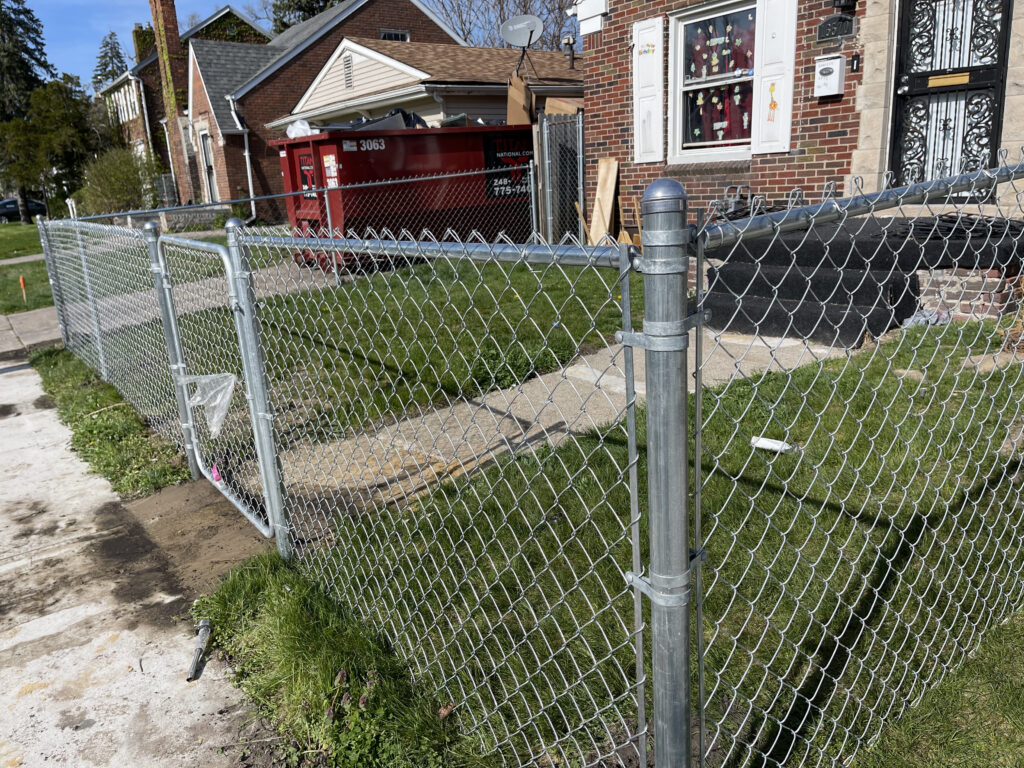
Considering Livestock Fence Cost in Your Local Context
When planning for livestock fencing in your area, it’s essential to take into account the local context. Factors such as weather conditions, terrain type, and regional regulations can significantly influence your choice of fence material and design, thus affecting the overall cost. For instance, areas with harsh weather conditions might require more durable and weather-resistant materials like electric or wooden fences, which could be more expensive than barbed wire. Similarly, hilly or uneven terrains may necessitate a more complex installation process, potentially increasing labor charges. Additionally, local building codes or agricultural regulations may dictate specific requirements for livestock fencing that could impact your budget planning. Therefore, understanding these local factors is crucial in optimizing your livestock fence cost.
Reducing Livestock Fence Cost in a Rural Setting
John, a ranch owner in a region known for its rolling hills and harsh winters, was struggling to secure his cattle effectively. The old barbed wire fence was proving inadequate against the weather conditions and the hilly terrain. After researching various options, he decided to invest in an electric fence. Despite the higher upfront cost, he realized that it would be more durable and require less maintenance over time. He also found a local contractor who offered bulk purchasing and installation packages, which helped reduce the overall livestock fence cost. By considering local weather conditions and terrain, as well as regulatory requirements, John was able to optimize his investment while ensuring his cattle’s safety.
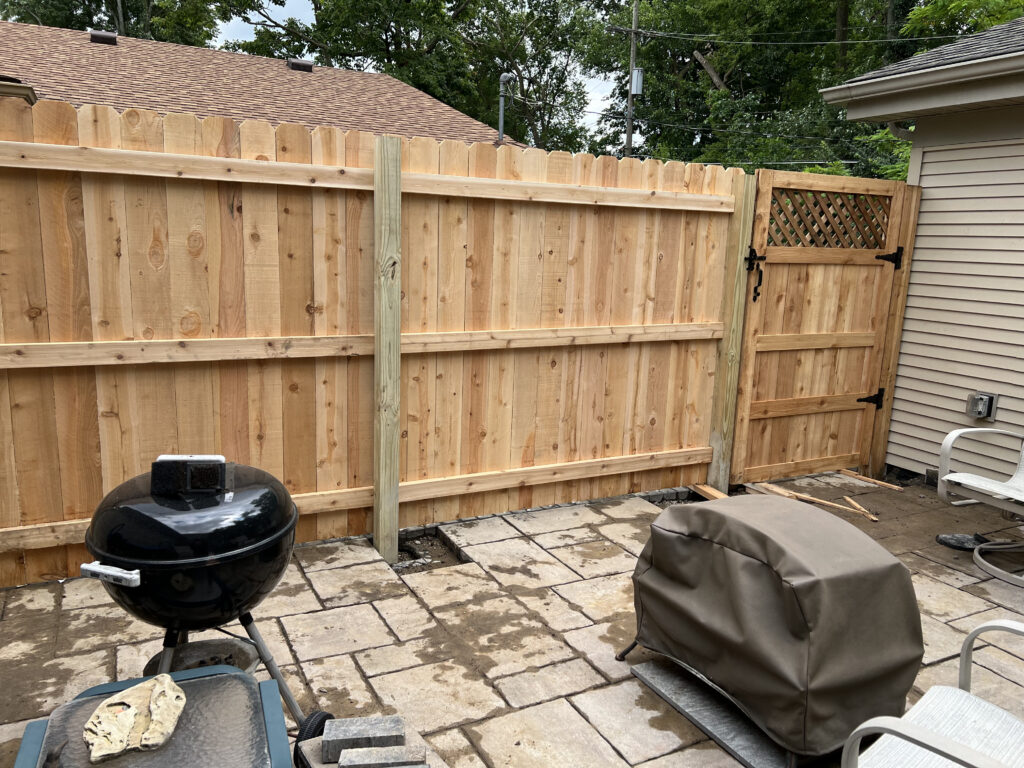
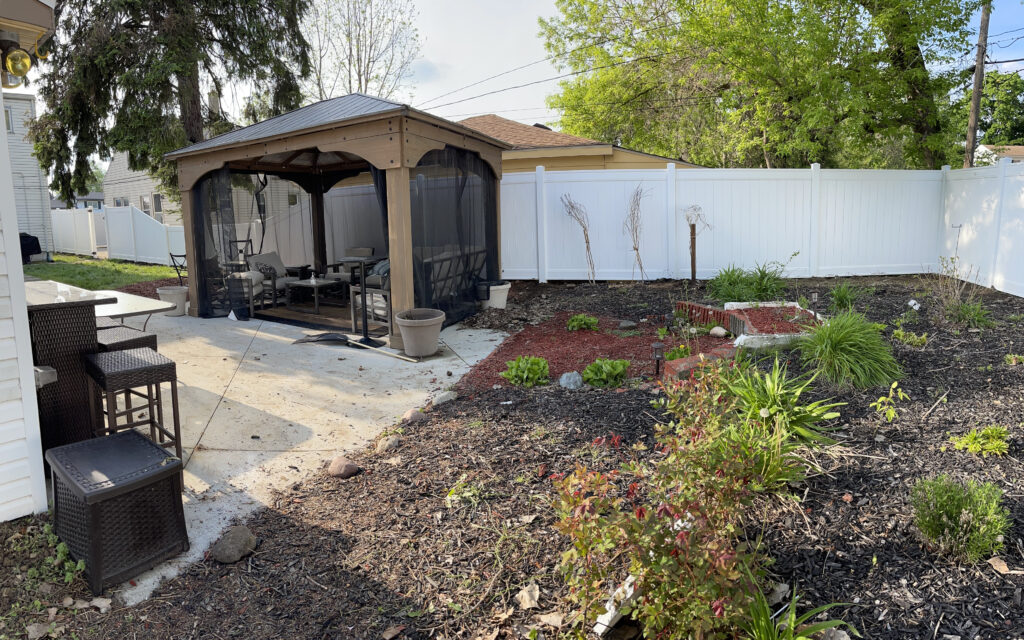
Understanding Livestock Fence Cost
What factors influence the cost of a livestock fence?
The cost of a livestock fence can vary depending on several factors such as the type of material used (wood, vinyl, chain-link, or aluminum), the length and height of the fence, and the complexity of installation. Additional costs may also arise from gates and other accessories.
How does the type of material affect livestock fence cost?
Different materials have different costs. For instance, wood fences might be more affordable initially but may require more maintenance over time. Vinyl and aluminum fences might have a higher upfront cost but tend to be more durable and require less maintenance.
Is there a per foot cost for livestock fencing?
Yes, many fencing companies charge by the foot for livestock fencing. This price usually includes both the materials and labor for installation. However, it’s important to get a detailed quote as additional costs may apply for complex installations or additional features.
How does barbed wire fence installation compare in terms of cost?
Barbed wire fences are often used for cattle and can be less expensive than other types of fences. However, they may not be suitable for all types of livestock due to safety concerns.
Are there ways to reduce farm fence costs?
One way to reduce costs is to choose a simple design with fewer gates and accessories. Additionally, regular maintenance can help prolong the life of your fence, reducing long-term costs.
Testimonials From Our Customers
At All Fenced Up, we’ve built our reputation on delivering high-quality aluminum, vinyl, wood, and chain link fencing to homeowners and businesses across the region. We’re truly grateful for the trust our customers place in us and proud to be part of the projects that shape your properties. Knowing our fences provide both security and style is what drives us every day—and your continued support is what keeps us going strong.
